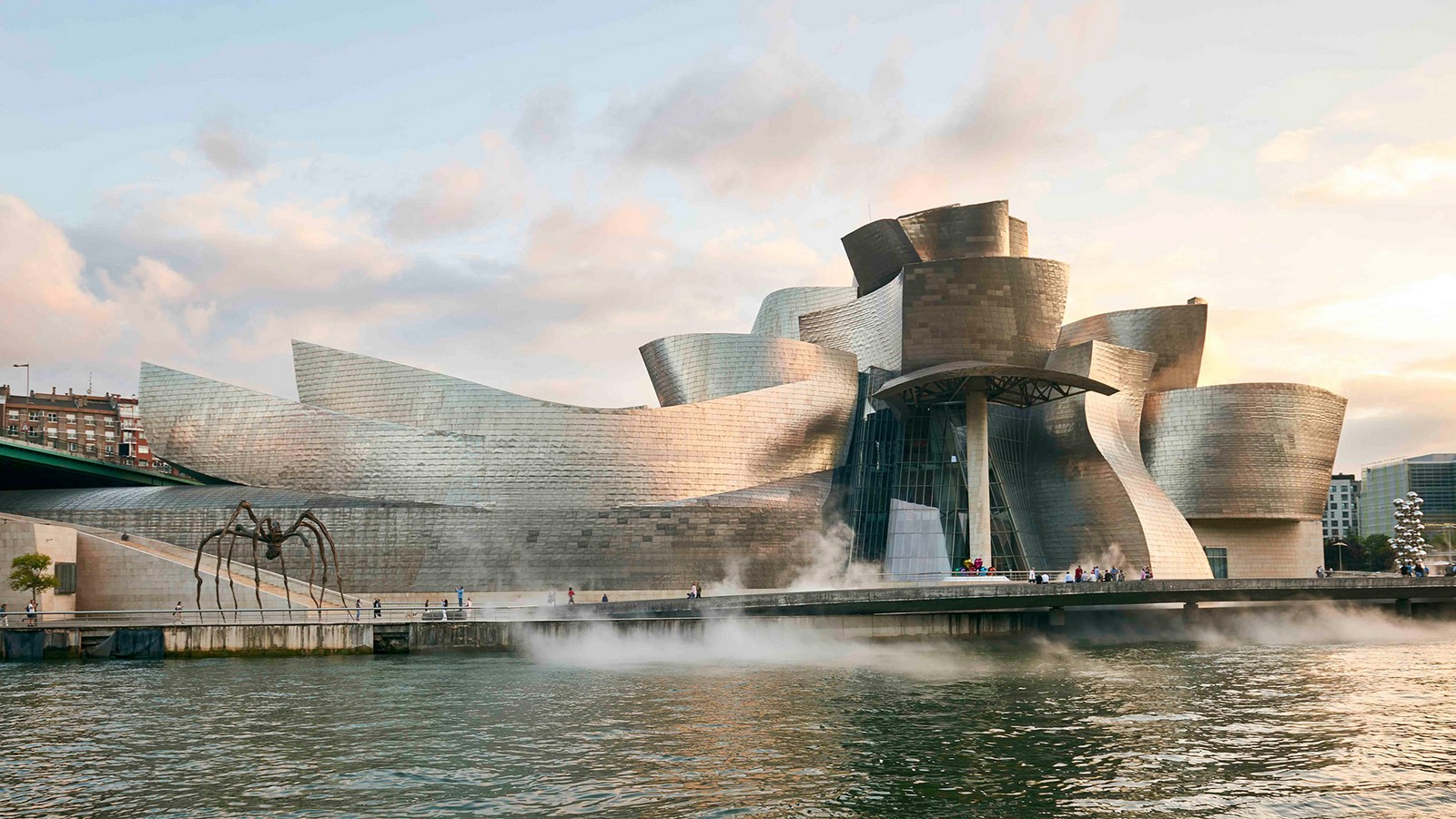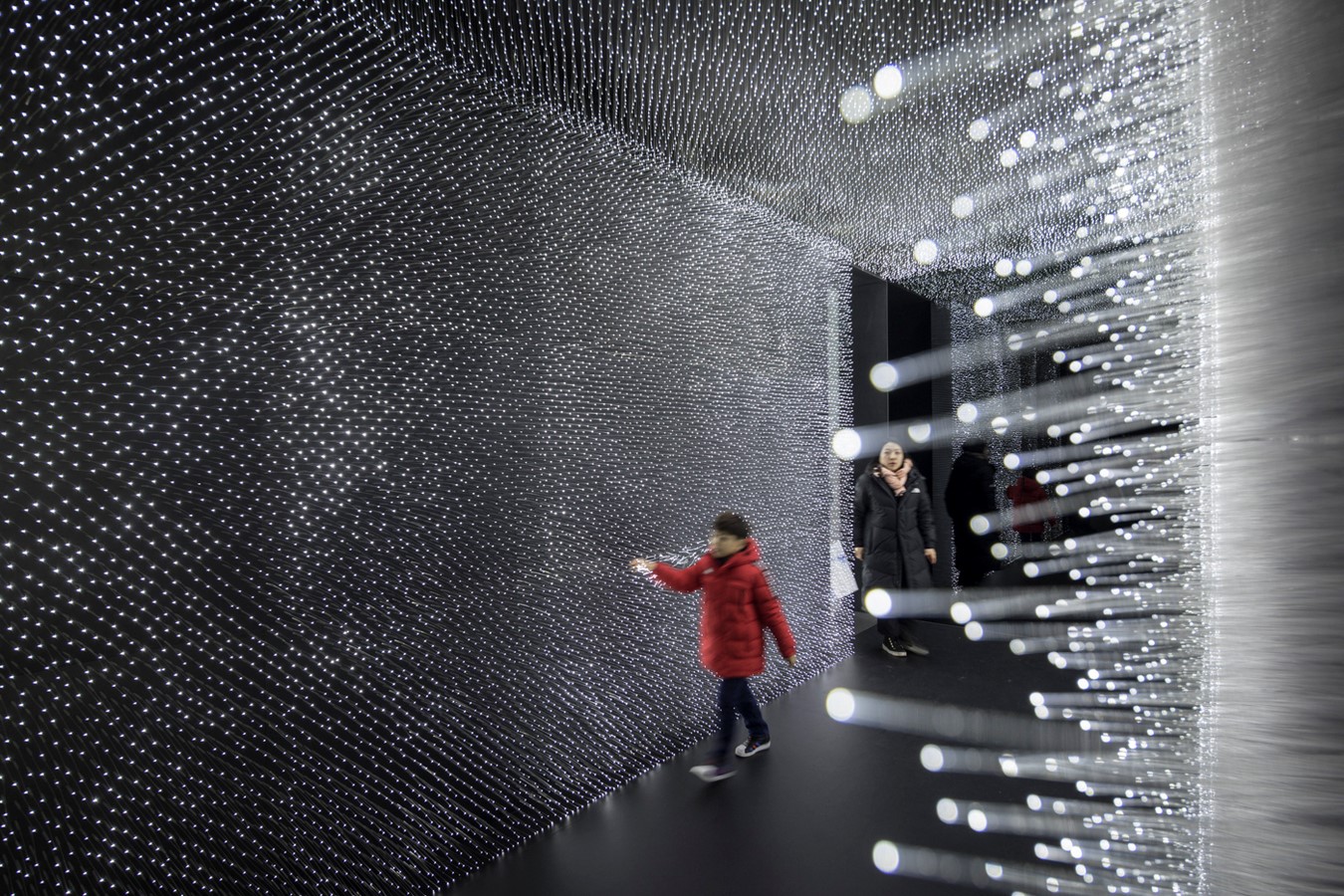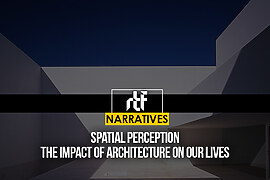Buildings are beautiful reminders and representations of present reality. All forms of architecture in our world are infused with meaning and purpose through the experiences created within these spaces. The memories formed are a key element in recollecting and rebuilding these experiences when reminiscing on these places, now existing purely in our minds. Our perception of space is influenced by the architectural forms and features of structures which create unique experiential impacts on each individual.
Fundamentally, architecture holds the significance of spaces that provide shelter and warmth. They offer places to rest, to work and to prepare meals amongst many other activities associated with our daily lives. The humble homes we return to every day, the offices we spend most of our working days within and the temples, churches and mosques, however modest they may be sculptural, are manifestations of carefully planned architectural design.
All forms, ranging from the magnificent Sydney Opera House and Guggenheim Museum Bilbao to the terraced brick house and local office block, should be equally valued and appreciated as architecture that is significant and beautiful, each offering a different form of service and shelter, accommodating to our human needs.

The Gift of Architecture | Experience Architecture
Architecture is a tool; created, nurtured and perfected over centuries, giving humans the ability to solve problems and develop solutions that provide security and shelter. The human race has created a world so architecturally diverse that it is now dependent and cannot function without architecture. These buildings are at the centre of all activities and encapsulate most urban landscapes.
Most of the spaces utilised today are intricately curated by architects, to the last detail, to encourage human interaction and stimulate healthy moods and behaviour. The power these edifices hold to influence and create patterns of movement and development, both physically and metaphorically, is what makes them so unique and prominent through their form and function. The structural and architectural elements hold much more depth behind the surface in terms of the thought and design process undertaken by the architect.
The Impact of Time
At earlier stages in life, we become transfixed in moments created within spaces that we forget to recognise the architecture surrounding us that make these moments special. Children develop a sense of attachment to their surroundings and experiences and undertake a more active exploration of spaces, therefore influencing their overall perception. They remember places that offer elements of adventure and stimulate their senses, allowing them to create dynamic experiential worlds to get lost within.
But as we grow and experience more of the world, our perceptions of spaces and specific places change unconsciously and we become open to various outlooks. These spaces start to hold more functional meanings and properties as well as remain unforgettable places that hold memories. The study of architecture has led architects to appreciate the value and importance of these forms within different communities and moments in a person’s lifetime. From the hospitals, babies are born into this world within, to the home they grow and develop in throughout their lives; they all hold so much significance in terms of the safety provided and memories created, that are eventually taken for granted with age and time.

The Bigger Picture
Our thoughts and memories are fundamental to shaping our perceptions of architecture. These spaces manifest into reality and become more relatable when associated with human philosophies. For example, when architecture is attached to human emotion and sentiments, you start to acknowledge the true purpose and meaning integral to these places. For example, the local community centre is not just a building where people congregate, but where someone has met their best friend or had their memorable first birthday celebration or where they work every day with a sense of purpose and fulfilment.
The skyscrapers of London are not just structural feats but are where creatives and entrepreneurs invent, where employees connect with clients globally and where the architecture offers breath-taking views of the encompassing city. Moments like these highlight the vastness of our world and are reminders of our inherent existence within an ever-expanding universe.

The Purpose of Design | Experience Architecture
The various sensations that merge to create an understanding and bond with spaces are unique to every individual mentally and physically inhabiting a space. This is what makes the architectural experience of each inhabitant special, with the memories formed symbolising the essence of the building and highlighting the immense capabilities of design.
Therefore, the marvel of the built environment holds so much more significance than solely acting as structures providing shelter but are also vital instruments for experiential innovation, creativity and positive change in our world.


















